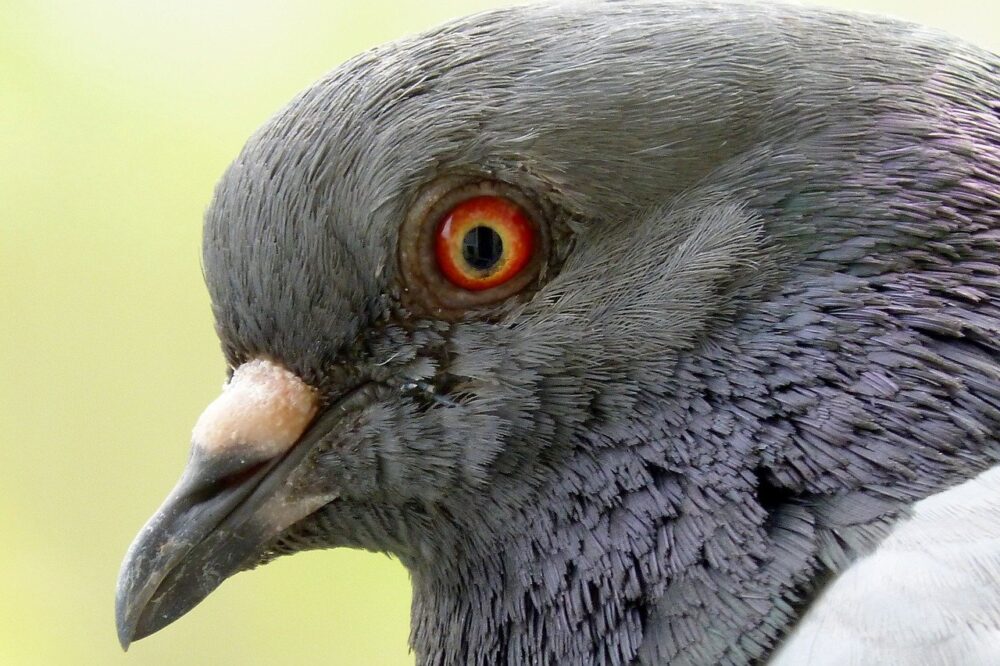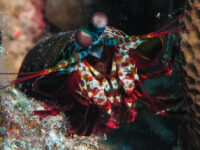As humans, we often naturally fall into the assumption that the world around us exists exactly as we see it. In reality, it appears that we see the world very differently from some of our animal counterparts, and in some cases, our perceptions are quite limited in comparison.
The naked human eye can only detect a small section of the electromagnetic (EM) spectrum known as the “visible light” spectrum. The human eye has two different types of photoreceptor cells located in the retina called rods and cones. The cones are the cells that are responsible for supporting color vision. In humans, there are cone cells with three different photopigments: red-sensing, green-sensing, and blue-sensing. The combination of these cone cells is what allows us to distinguish between the different colors of the rainbow that exist on the EM spectrum. Though this range of vision was evolutionarily sufficient for us, some animals have far surpassed it.
In addition to visible light on the electromagnetic spectrum, pigeons can also see ultraviolet light, which has a slightly shorter wavelength.
Surprisingly, the pigeon is one of these animals. In addition to visible light on the electromagnetic spectrum, pigeons can also see ultraviolet light, which has a slightly shorter wavelength. In fact, a pigeon’s vision can be so advantageous that the United States Navy once tried to use them for search and rescue missions, training them to signal when they spotted certain colors like those of a life preserver from a person lost at sea. Taken along on helicopter rescue missions, pigeons were able to spot their target 90 percent of the time, whereas the rescue crew was only able to spot the target less than 40 percent of the time.
Taken along on helicopter rescue missions, pigeons were able to spot their target 90 percent of the time, whereas the rescue crew was only able to spot the target less than 40 percent of the time.
Pigeons are far from being the only members of the animal kingdom with vision advantages. Another unlikely candidate, the mantis shrimp, has 13 more color receptors than humans. In addition to seeing a vastly broader spectrum of colors, mantis shrimps can detect polarized light, or light waves that only vibrate on a single plane. This allows their vision to be better suited to life under the ocean, where light reflected by the water causes more glare than experienced above ground.
These scientific discoveries in animal vision, often occurring by accident, spark curiosity about what the world really looks like just beyond our field of vision.
Image Source: Pixabay


